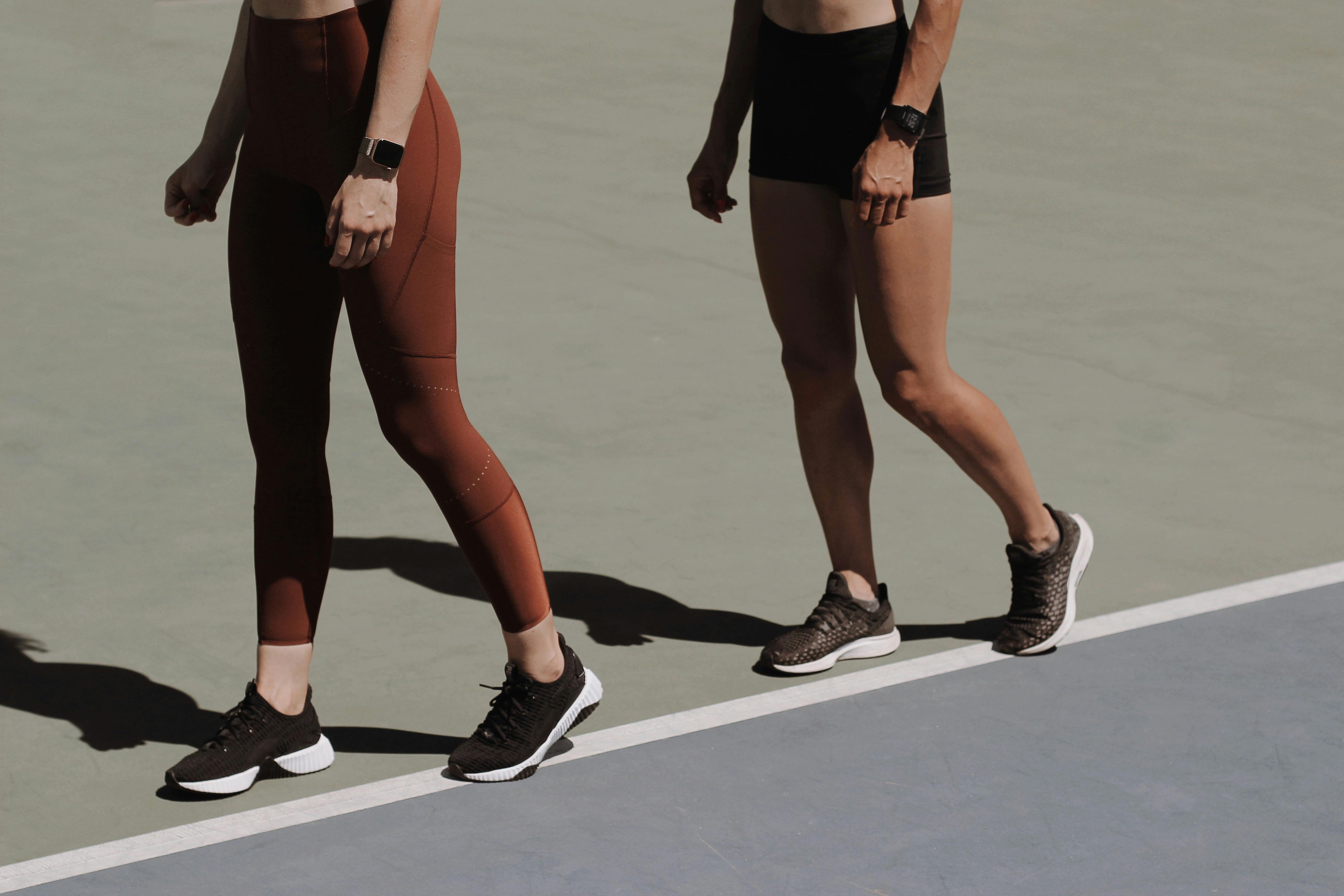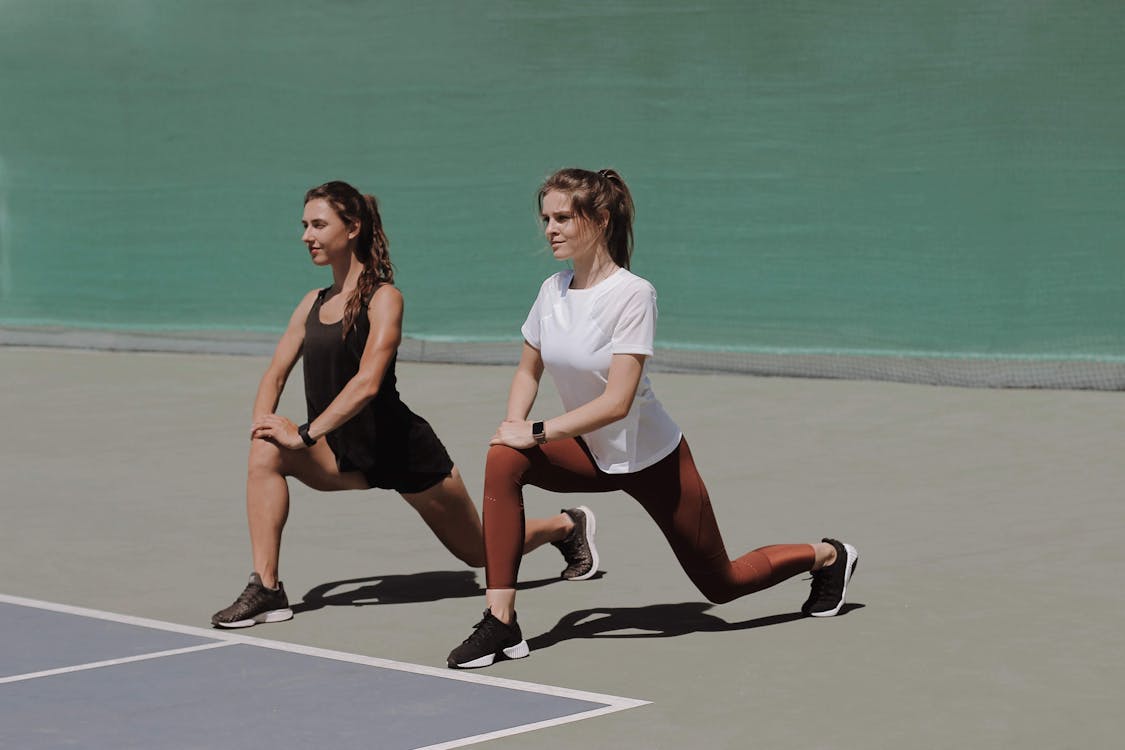What Muscles Does Walking Work? How to Maximize Muscle-Building While Walking

Walking may not look like the most intense workout, but it’s actually a fantastic way to strengthen key muscles in your body and keep you moving healthily. Walking mainly targets your legs but also engages your core and even a bit of your upper body. With a few easy adjustments, you can take this everyday movement and turn it into a muscle-toning workout. Here’s a look at what muscles walking works and some tips on how to get the most out of your walk.
Muscles Worked While Walking
Leg Muscles

Your legs do the heavy lifting when you walk, using muscles like the quadriceps, hamstrings, calves, and glutes.
Quadriceps (Quads): These are the muscles in the front of your thighs, and they help extend your knees with each step. Every time you push off the ground, your quads fire up.
Hamstrings: Located in the back of your thigh, these muscles work alongside your quads to support your knee as it moves and to pull your leg back in each stride.
Calves: The muscles in your calves (gastrocnemius and soleus) give you that push-off power with each step, especially when you lift your heels off the ground.
Glutes: Walking strengthens your glutes, the muscles in your buttocks, as they help with hip extension and stabilize your legs.
Core Muscles

Walking also engages your core muscles, including your abdominals and lower back, to keep you balanced and upright.
Abdominals and Obliques: Your abs and obliques (the muscles along the side of your abdomen) help you stay balanced and prevent you from swaying side to side.
Lower Back Muscles: The muscles in your lower back, particularly the erector spinae, work to keep your spine stable and support your posture.
Read more: 5 Exercises That Strengthen Your Deep Core
Upper Body Muscles
Though not as heavily involved, walking can work your shoulders and arms if you swing them with purpose.
Shoulders and Arms: Swinging your arms while you walk engages your shoulders (deltoids) and arms (biceps and triceps), adding an extra dimension to your walk.
Upper Back: Keeping a good posture while walking can engage your upper back muscles, like the trapezius and rhomboids, which helps prevent hunching and supports proper alignment.
Tips to Maximize Muscle Building While Walking

Although walking is mainly for toning rather than building big muscle mass, these tips can help you get the most out of it:
Take on an Incline: Walking uphill or on a treadmill incline makes a big difference, challenging your glutes, calves, and hamstrings even more. It mimics climbing, which takes extra effort and engages those muscles more.
Add Light Weights: Try using light hand weights, ankle weights, or a weighted vest while you walk. Weighted vests are especially effective because they add resistance to your whole body without putting stress on your joints.
Pay Attention to Your Form: Keeping a strong posture — chest up, shoulders back, and core tight — can engage your stabilizing muscles and give you better results. Arm swings can activate your shoulders and arms, giving your upper body some action, too.
Incorporate Intervals: Mixing up your pace between brisk and moderate intervals can increase muscle activation and endurance. Try walking quickly for a minute, then slowing down for a minute — you’ll feel the difference in your legs.
Add Some Variety with Lunges or Side Steps: Every few minutes, mix in walking lunges or side steps. They’re excellent for toning your glutes, quads, and inner thighs, and these moves also help with balance and mobility.
Final Thoughts
Walking may seem simple, but it’s a powerful way to tone muscles, especially in your legs and core. With a few tweaks like inclines, weights, or interval training, you can make it an effective strength-building exercise that fits easily into your daily routine. It’s accessible, adaptable, and perfect for people of all fitness levels.
Need a Great Workout Routine for Your Pro Cheer Audition Prep?
Pro cheerleaders stay fit, flexible, and strong so they can give their best performance in the arena. However, achieving that wow-worthy, toned physique doesn’t happen overnight. You need to arm yourself with the right daily workouts.
Thinking of becoming a pro cheerleader?
We are offering you our fun, FREE (for a LIMITED time) POM FIT™ INTRO CLASS that teaches you beginner-friendly cardio moves.
To take your cheerleading fitness to the next level, we also have POM FIT™: GAMEDAY1™ - a series of challenging full-body cardio classes that include a body stretch class, kick stretch class, abdominal workout class, and more.
Join a POM FIT™ class below:
POM FIT™ INTRO CLASS (Free for a LIMITED time)


